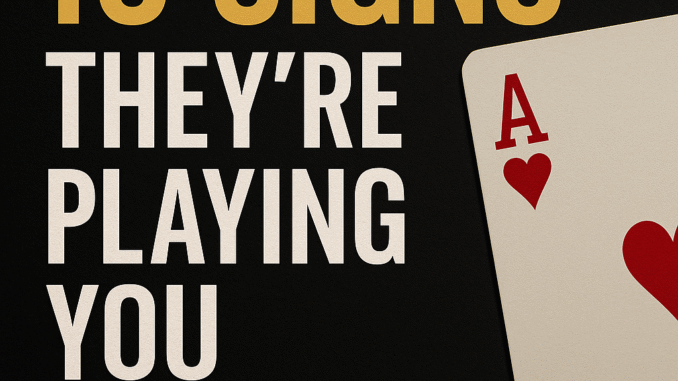
 The Setup
The Setup
I look down and see pocket Queens. Strong, clean, and rare enough to get my heart pumping.
I glance up — the guy to my left is eyeing me like he’s scanning for weakness.
Now here’s where things got interesting: I make a nice, calculated raise… and boom — I feel my Apple Watch vibrate. I look down, and it’s showing my heart rate at 130 bpm.
A little visual pulse animation just glowing right there on my wrist.
Guess who saw it?
Yep — the guy to my left.
I didn’t say a word, but I could see it in his smirk: my watch gave me away like a nervous rookie.
The Trap vs. The Thinker
Now, here’s the thing about poker — not everyone who pauses is “thinking.”
Some are acting.
Some are calculating.
And a few? They’re setting the bait.
Over the years, I’ve learned to look for certain cues that separate the “trappers” from the “thinkers.”
-
The trapper already knows what they’re going to do. They’re just letting you fill the silence with fear. They’ll fake indecision — shuffle chips just enough to make you wonder, look away to seem casual, even sigh like it’s a tough choice.
-
The thinker, on the other hand, is running mental math. They’re scanning your stack, their stack, pot odds, position. Their eyes aren’t performing — they’re processing.
Trappers give off micro-expressions of satisfaction — a small twitch of the mouth, relaxed breathing, subtle stillness after your bet.
Thinkers? Their eyes dart, pupils dilate, they micro-adjust posture — and you can almost feel the cognitive load.
 The Apple Watch Betrayal & The Comeback
The Apple Watch Betrayal & The Comeback
Anyway — back to my night. My opponent caught my heart rate spike, raised me heavy, and took that hand.
But I didn’t tilt. I adjusted.
I turned off my watch notifications, tightened my range, and played pure situational awareness — no tech tells.
By the end of the night, I’d quadrupled my buy-in.
Sometimes the best reads don’t come from a smartwatch or solver — they come from human instincts sharpened over time.
Here’s some key take-aways:
✅ 1. Rapid tension release: If they exhale right after your bet — they likely wanted that action.
✅ 2. Overacting hesitation: Long sighs, hand rubbing, chip fidgeting — manufactured delay.
✅ 3. Staring contest: Holding eye contact too long = performance. Genuine thinkers break gaze to process.
✅ 4. Stillness after betting: When someone suddenly freezes, they’re often sitting on strength.
✅ 5. Pupil dilation: A quick flash of widened eyes after seeing cards or flop = emotional spike.
✅ 6. Hand behavior: Thinkers touch their face or neck subconsciously. Trappers stay calm and controlled.
✅ 7. Timing inconsistency: Slow one round, instant the next — that’s manipulation, not thought.
✅ 8. Subtle smirk or swallow: Micro tells that confidence just leaked through the mask.
✅ 9. Fake confusion: “Wait, how much did you bet?” is often a stall tactic, not real uncertainty.
✅ 10. Emotional sync: Your own heart rate spikes when they bluff — sometimes your intuition is mirroring the truth.
So next time you’re at the felt, remember — poker isn’t just a game of cards.
It’s a game of humans.
Watch less for moves, more for moments.
And maybe… turn off your Apple Watch.

Be the first to comment